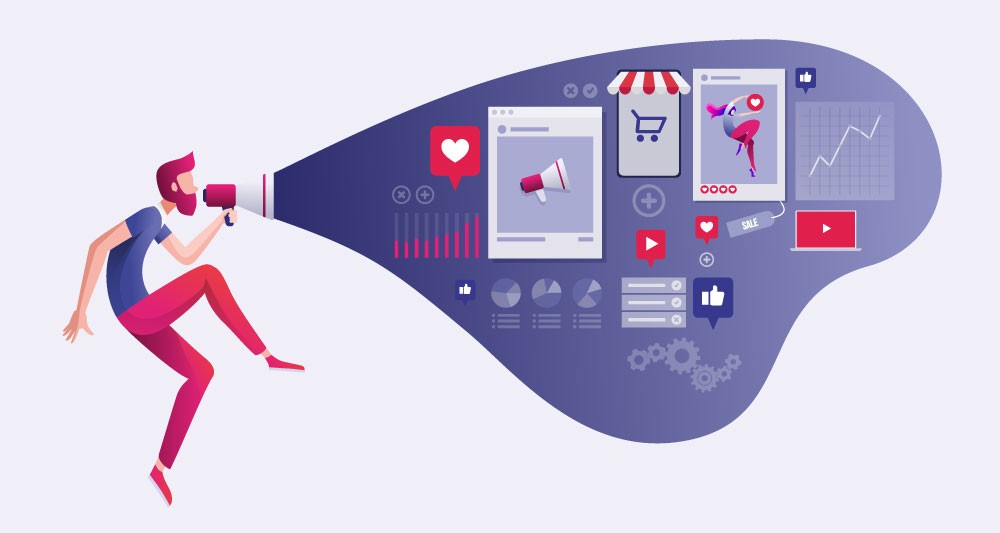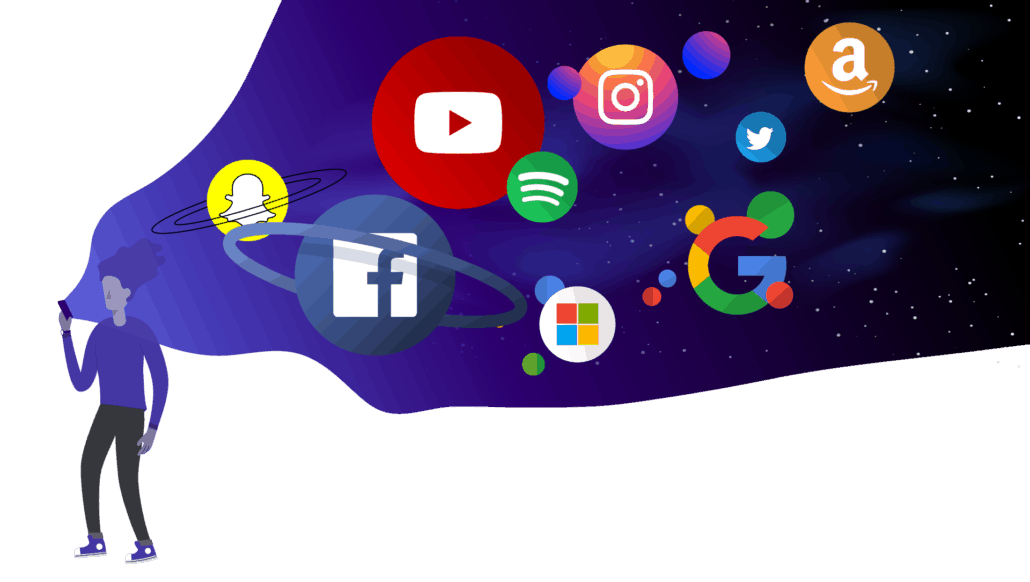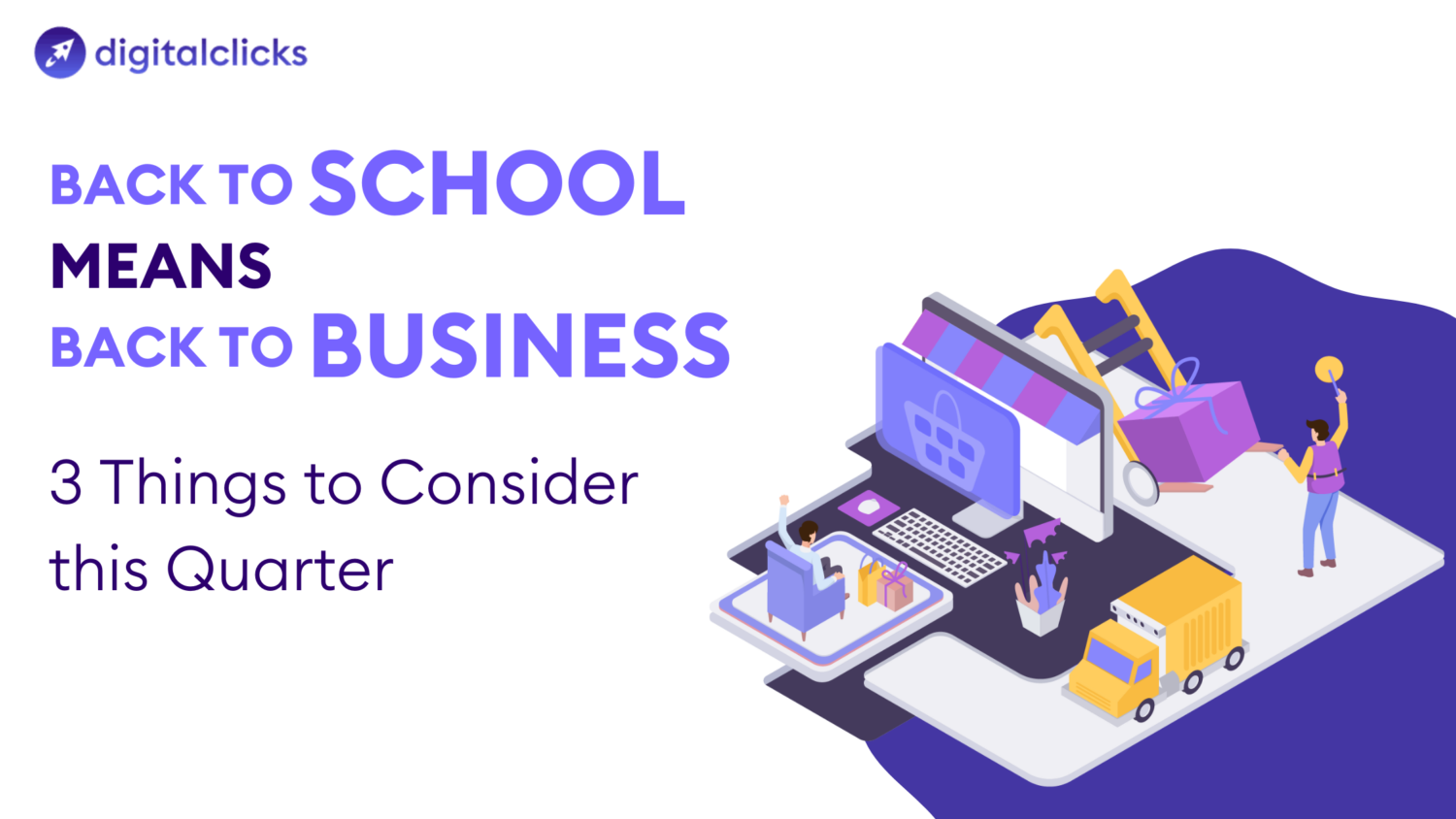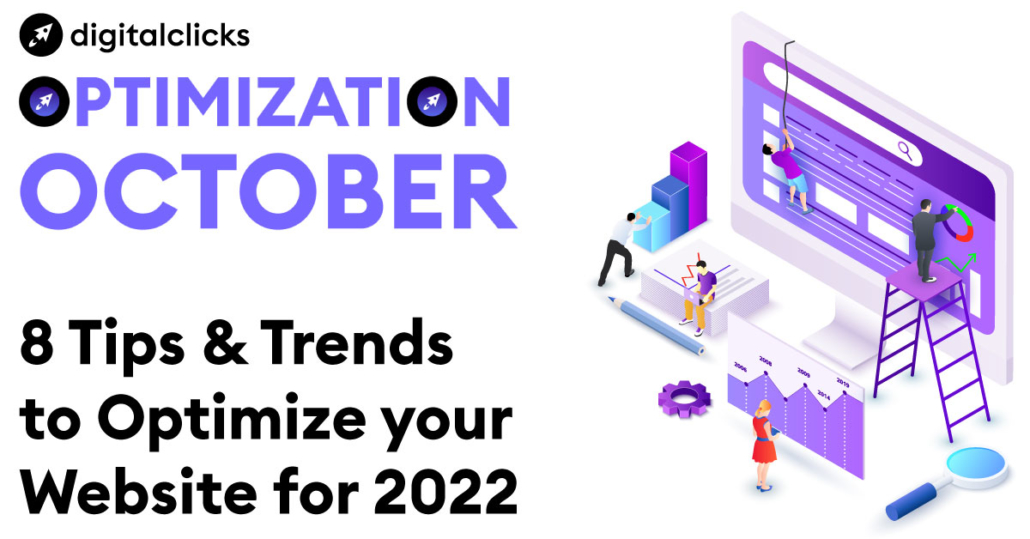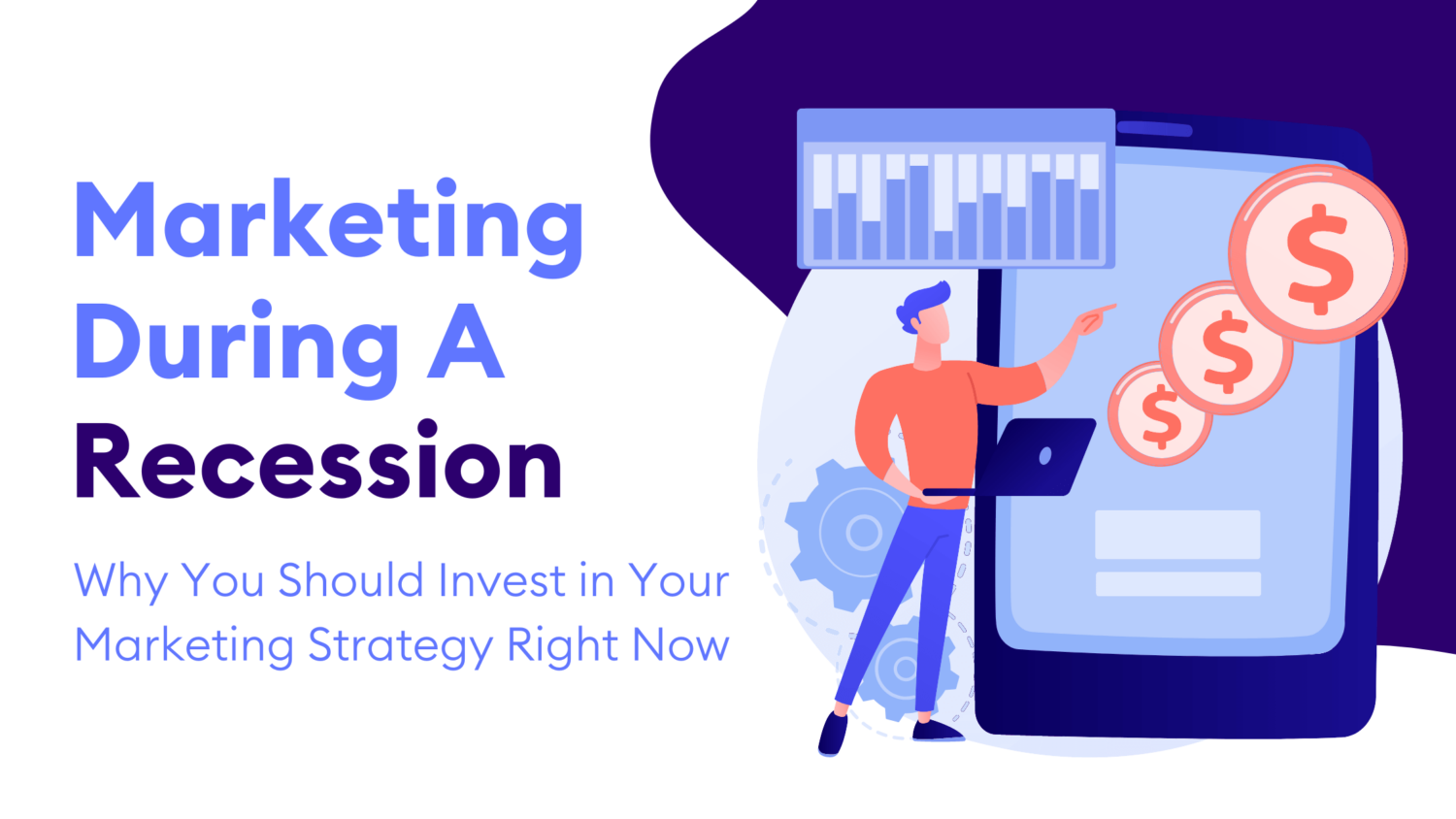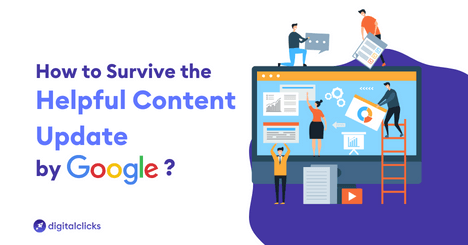With so many platforms and tactics available today, it’s easy to get confused about where you should spend your time and money. There’s Google Ads, Facebook ads, Twitter advertising, sponsored content, influencer marketing, and more.
How can you know which is the best platform for your business? For example, some small business owners are still wondering whether to invest their time and money in digital video marketing (such as YouTube videos) or not. If you’re unsure about the right approach for you, read on!
Summary
- Increasing your ad budget doesn’t always mean more traffic.
- Different platforms achieve different goals, so choose wisely.
- Digital marketing means more than just paying for ads on Google and Facebook.
- Your competitors may be spending big bucks on digital advertising tactics, but don’t dismiss them out of hand!
1. Increasing your ad budget doesn’t always mean more traffic.
Increasing your ad budget doesn’t mean you’ll get more traffic. You need to make sure you are tracking the right metrics and focusing on the right goals. When it comes to Facebook ads, make sure you’re tracking conversions, not clicks.
When it comes to Google ads, make sure you’re tracking conversions, not just impressions.
If you want to increase your revenue by increasing your ad spend, make sure you are using the right strategy and tracking the right metrics for your business:
- Focus on short-term goals first, then longer-term ones. For example, if you want to increase sales in the next 6 weeks, focus on getting more phone calls or site traffic. If you want to grow your revenue over the long-term horizon (such as 12 months), focus on lead generation.
- Getting the right return on investment (ROI). Focus on increasing your conversion rates by 10% month over month, not just spending more money. You may be able to increase your ad budget substantially, but it may be harder to get a bigger ROI. Before you do that, try other tactics first.
- Investing in online marketing strategies that are ROI positive. In other words, the cost of your advertising is less than you’re making from it. The best way to make this happen? Focus on lead generation and increasing conversions!
For instance, say you’ve set up a Facebook ad spend of $200/month. If your target market is female entrepreneurs aged 25–35, your ad campaigns goal is to achieve the below ROI metric:
- 1,000 unique visitors per month to your website
- 50% of those visitors need to be women aged 25–35 (500 visitors)
- Let’s say that 30% of the prospects that come in through Facebook ads (150 people) have expressed interest in related topics (in this case entrepreneurship). That interest can be implicitly expressed if they click on an ad with a related keyword.
- So, 5% – 10% of those visitors (7-12 people) need to convert. In this case, that means you’ll get 2–3 customers out of the 150 interested prospects who come in through Facebook ads.
So how much should your ad cost?
If we take your monthly ad spend of $200/month and divide that by 150 prospects (the number of interested prospects who will come in through Facebook ads), we get the following:
$200/150 = $1.33 per interested contact
Your cost per interested contact will vary based on the size of your target market, urgency level, and other factors.
But as you can see here, there is a direct financial correlation between how much you spend on Facebook ads and the number of people who come in through those ads.
So if you want to boost your ROI per interested customer, try these ideas:
- Minimum goal: Increase your Facebook ad spend by 10% (e.g., $255/month). If you do this, you should see a 33% increase in leads coming in through the ads (33 extra leads of the 150 interested prospects who come in total).
- Maximum goal: Increase your ad spend by 50% ($440/month). If you do this, you will see a 150% increase in the number of leads coming in through Facebook ads (150 extra leads out of the 150 interested prospects who come in total).
Once again, these are estimates based on averages. You can try these methods and see if they work.
For more accurate results, you will need to test your ad campaigns with small changes in budget at a time. This way, you will know what works for your business.
2. Different platforms achieve different goals, so choose wisely.
Social media is a great way to connect with your audience. Choose the platform that best supports your goals.
For example, if you’re looking to build an audience for your blog, Facebook is a better choice than Twitter or Instagram. If you’re trying to build your brand and increase awareness of your company, consider using all three.
Big brands and influencers are very active in the digital space. They are noteworthy for having a large social media presence.
Facebook, Instagram, Snapchat, and YouTube are perfect places to start building your personal brand. As time goes by, the importance of social media increases.
Today, these are ideal places to focus on improving your business because everyone associates differently with different social media platforms and platforms work differently for different businesses.
Although “social media” is defined by you, I’d like to highlight different aspects of social media that could serve your business in a better way.
Social media is where you post content and interact with people from your target audience.
The purpose of social media is to promote your company’s products or services to potential customers and clients.
When you use social media or similar platforms, it’s important to define your objectives:
- Who are you trying to attract?
- Are you looking for new clients?
- Are you looking to engage with people who’ve previously given you business?
What makes you different from others in your area?
People connect to your brand based on what they’ve heard about you. Avoid copy-pasting similar content across different social media platforms, especially not Facebook.
That’s what causes bad experiences for people, and it’ll make their opinions about you negative. Try posting a photo from one of your company’s social media pages on Instagram instead. You can also try using text-based posts to increase engagement.
I’ve seen a lot of small business owners neglect the presence of social media because they assume that the traffic comes from Google or Facebook. Unfortunately, that’s not always the case. Taking note of the content that’s best on each platform will enhance your marketing strategy.
3. Digital marketing means more than just paying for ads on Google and Facebook.
Digital marketing is not just about buying ads on Google and Facebook and hoping they will bring you the results you want.
Digital marketing is about creating content or ads that are so good that people will want to share them with their friends and family.
Digital marketing is about having a strategy for what you’re trying to accomplish and executing that strategy as effectively as possible.
Unlike traditional advertising where you’re essentially just paying a company to advertise, digital advertising involves three main components:
- Content — here is where you create the content that shows your products or services to your audience.
- Ads or Promotions — here you show your content to the audience and then invite people to show their interest in purchasing one of your products or services.
- Customer Service — Here you respond to feedback and concerns about your product or service and tailor your marketing strategy based on the feedback you receive.
Whether you’re new to digital marketing or you’ve been running traditional advertising for some time, it can be overwhelming trying to figure out which platforms are worth investing time and energy into.
However, although marketing is very dependent upon your industry, there are certain characteristics you should look for when making your selection.
For example, if your target audience is older than 60 years old, Facebook may not be the best platform to use.
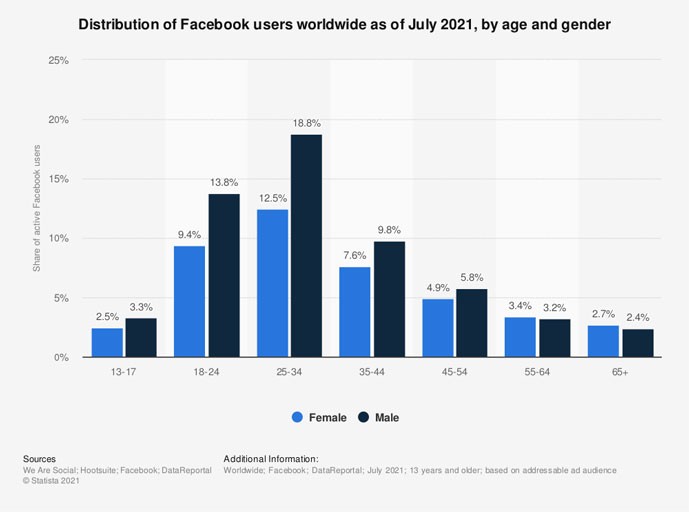
Instead, you may want to look into sites that are more focused on middle-aged adults like LinkedIn or Pinterest.
However, if you’re using a service to market something online and can’t rely solely on social media or search traffic, then a good rule of thumb is to stick with YouTube and Google.
Google owns YouTube, so naturally there would be an element of synergy between the two. YouTube is known as the 2nd largest search engine in the world behind good. YouTube tends to have a better user experience because it’s more mobile-device friendly in terms of the layout of the site and the popularity of videos.
4. Your competitors may be spending big bucks on digital advertising tactics, but don’t dismiss them out of hand!
It’s easy to get jealous when you see billboards or ads for a product that’s similar to yours, but there are many reasons they might be doing that.
It could be that their marketing budget is bigger than yours, or that they have a more established brand. Or the tactic can be using a pay-per-click (PPC) advertising platform, which advertises on their behalf and pays for the results.
Because people are inundated by advertisements all the time, many businesses have taken to developing social media marketing. This involves using social media accounts, posts, hashtags and more to direct consumers to your site.
Those accounts are owned and managed by your business. Using the right social media tactics for your business can give you a lasting competitive advantage, especially if you’re thinking about growing and replicating that post’s reach on other platforms.
Remember that the answer isn’t necessarily for Facebook, Twitter or Instagram. What could be a good platform for you is dependent upon what your business does best and why.
Conclusion
I hope you enjoyed this article and it helped answer any questions you had about How Small Business Owners can Succeed at Digital Marketing in the Age of Big Business. Please, feel free to contact me with more questions or comments!
The team at Digital Clicks Marketing is always looking for a new challenge!

